HTC One E8 vs HTC One M8
12 min. read
Updated on
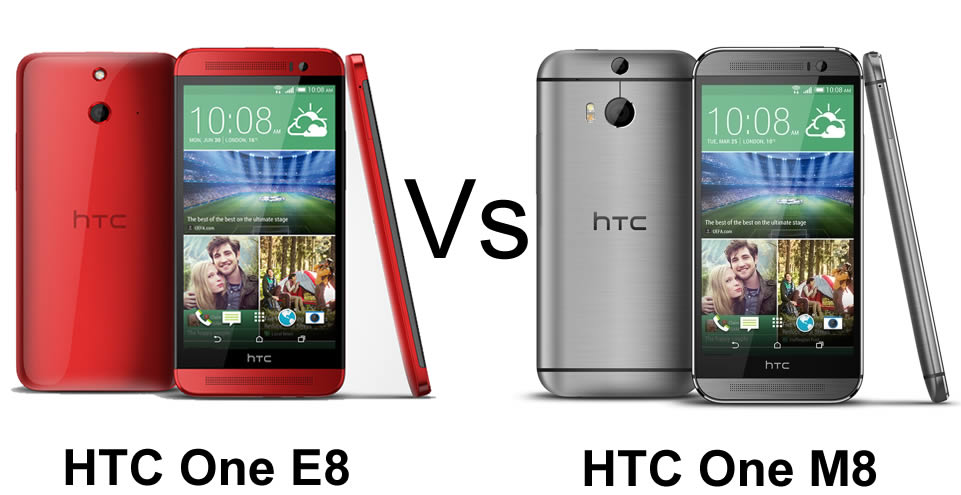
Meet the new HTC One E8 — a high-end HTC phone that has been called the plastic brother of the company’s popular M8. Despite of the fact that the new handset comes in a polycarbonate shell, being especially designed to hit a lower price point, we like that it tries to offer us many of the benefits that many of us are already enjoying from HTC’s current flagship. The new HTC One E8 essentially has the internals of the HTC One M8 in a plastic case, but there are a few differences that we must take in consideration before taking a final decision.
Could a better price be enough for considering this new HTC One E8 a winner? Could this handset defeat its HTC One M8 brother that already has so many fans all over the world? In order to clarify that, we must compare the two HTC One handsets and only after that we’ll know the truth!
Design
We can tell you from the start that HTC One M8 retains a similar design to the first generation HTC One as long as we have the same unibody aluminum frame and those dual front-facing speakers and brushed metal backing that we have been used to for more than one year. Anyway, we must also admit that unlike the previous model, we have a much larger and rounded chassis, while its frame incorporates smaller amounts of polycarbonate, electing for a fully metal construction with a much more curved shape.
At the top of the handset we can find the usual power button and IR blaster, while at there the bottom of the device are a micro USB 2.0 port supporting Qualcomm’s QuickCharge 2.0 technology, a headphone jack and the SIM card tray. The handset also uses on-screen software buttons consisting of “Back”, “Home”, and “Recent apps” keys, so you won’t have any problems at this chapter. HTC One M8 is carved from a single piece of brushed aluminium which easily curves into your hand and measures no more than 146.36 x 70.6 x 9.35mm with a weight of 160g.
The HTC One E8 model on the other hand comes in a polycarbonate body, so it feels and looks less premium than its HTC One M8 brother. But we must admit that the front looks unchanged as long as both these handsets come with BoomSound speakers above and below the screen and the sensors and ports are mostly in the same position excepting that the power key has been shifted from the top right on the M8 to the center of the top edge on this model. We must admit that this is an odd choice to place this button, but in the same time it’s still easy to hit.
At 146.42 x 70.67 x 9.85mm and 145g, the new HTC One E8 is also chunkier than the M8, but a little lighter as well, so this chapter might not be a problem. The real issue is that this new E8 still offers us an unibody package experience and feels solid, but it isn’t as good as HTC’s One M8 premium aluminum body that has no cheap-feeling in it. And the plastic body of this One E8 is also less grippable than the metal of the One M8 – that is something that you should all accept from the start.
Display
If you take in consideration what we have told you above, it is obviously that you are imaging that the fight is opened, but you might be surprised to find out how the HTC One m8 vs One E8 battle will evolve at this chapter. Both the handsets have the same 5.0-inch 1080 x 1920 Super LCD 3 displays with a pixel density of no less than 441 pixels per inch, so how could we say that one HTC version is better than the other?
We can tell you for sure that despite of the fact that this display can’t produce the same vibrant colors as the OLED displays that Samsung Galaxy Note 3 has, but this IPS LCD is a high-quality choice as well. We like its wide viewing angles and the rich colors that is offering us, not to mention that photos and text are very crisp.
OS and UI
When it comes to the OS, there is no reason to be talking about HTC One M8 vs One E8 as long as both these devices are running on the same Android 4.4.2 KitKat version layered by HTC Sense 6. We can even assure you about the fact that most HTC applications are included in this new One E8 device as well, excepting the TV Remote which is indeed missing on the One E8, due to its lack of an IR blaster.
But when it comes to the version 6.0 of the HTC Sense software suite, in both cases the story is similar; this version builds upon the design of Sense 5 has a more minimal design, as well as a variety of optimizations for larger screens. Have you heard about the new system called “Motion Launch” which lets us turn on the display by double-tapping it while picking up the device? And the same system is the ones that lets us unlock directly to BlinkFeed or voice dialing mode by simply using the usual motion activated-gestures.
Moreover, BlinkFeed was updated with a revised design, which no longer displays a weather clock, and will now allow third-party developers to add content sources through an SDK. As for the futuristic Google Now personal notification system, it is also included in both these HTC smartphones, either in widget form or simply launched by swiping upward from the bottom of the screen. As we all know, it offers us suggestions, reminders, as well as directions based on time, location and even past search history.
And don’t forget that we also have an “extreme power saving mode” which caps CPU usage and disables non-essential services and applications in order to conserve battery life when running low. We are aware of the fact that this is not something you’d want to use every day, but you might give it a try once in a while or if you are ever caught short.
Processor and Memory
The story goes pretty much the same when it comes to the processor. Both these models get their power from a similar Qualcomm Snapdragon 801 processor paired with 2 GB of RAM, an Adreno GPU, as well as a microSD card slot. Who could complain about these choices? Built by Qualcomm, we have already been convinced that this 801 model offers 25 percent faster graphics than the previous Snapdragon 800 processor that can be found in other popular handsets such as Note 3 and LG G2.
What is this version offering us? Well, we are talking about a much speedier gameplay and Web surfing, as well as a better overall experience and this is what we all want.
Anyway, there is a difference when it comes to their storage options. HTC One M8 is equipped with both 16 GB and 32 GB options, while the new HTC One E8 has a single 16 GB option, but you don’t have to be worried about that. Both these HTC smartphones have an SD card slot for additional storage space and we must admit that this is improvement over last year’s One model.
Camera
Here we are at the point where we can say that HTC One E8’s camera setup is where we can actually fin the most important internal hardware if we compare it to the M8 and this difference will most probably surprise many of you. We all know that HTC One M8 has a 4-megapixel “Ultrapixel” setup, with a second depth-sensing camera. The UltraPixel sensor was updated to provide better color accuracy in lit photographs, the main camera being accompanied by a 2-megapixel depth of field sensor placed above the main camera as a part of the device’s “Duo Camera” system.
The sensor has been presented as being able to analyzes the distance and position of elements within a photo in order to generate a depth map which is embedded within each photo. The depth map is the one that will be used to generate 3D parallax effects, as well as to apply filters to different parts of the image or to copy and paste an object from one photo into another.
Surprisingly or not, HTC One E8 comes with 13-megapixel shooter, the same module that the company has used in its Mini 2 or Desire 816 handsets. This time we have optics with a 2.79mm focal length and f/2.8 aperture, not to mention that sensors are quite different, having different aspect ratios (6:9 and not 4:3), as well as different flash technology (dual LED and not standard LED).
The HTC One M8 vs One E8 battle seems to be already won by the new model at this chapter as long as we all know that the 4-megapixel “Ultrapixel” setup was far from a success. The idea of a standard 13-megapixel sensor seems much more attractive, but the truth is that this is not how things are working. Like all the other HTC phones that have a 13-megapixel module, the new HTC One E8 offers us decent images, but they are nothing more than that. Sometimes, images appear dull, even after bumping the saturation manually, not to mention that the dynamic range is lousier than expected. The story is pretty much the same when it comes to video recording. The E8 shoots footage at up to 1080p resolution with 30 frames per second, but outdoor shots are frequently or over-exposed.
In any case, if you were hoping to get a 13-megapixel camera which is better than the one offered by HTC One M8, you might be disappointed. They are both average and the front facing camera is the same one in both cases, so any of these HTC devices can be an ideal choice if you like to take self portraits. We can only hope that shops won’t sell these devices with 13MP and 4MP specs listed next to one another, or else many potential users might get very confusing.
Battery
With the same battery as the M8, mainly having the same hardware and software as the M8, we haven’t been at all surprised to see that HTC One E8’s battery life performance is identical to the one offered by its metal-clad brother.
Once again is not the case to be talking about One m8 vs E8, but more about two handsets coming with a 2,600mAh battery which is perfectly able to provide enough juice to get us through each day with no problems. So, in both situations we are talking about 16 hours per charge which is not at all bad.
Connectivity
Are you curious to find out more about the connectivity options that these HTC One M8 and HTC One E8 provide? They both support Bluetooth 4.0, NFC and 4G, as well as Wi-Fi, 3G and GPS. The only major difference between the connectivity options is that HTC One M8 has an IR blaster and One E8 doesn’t, but that’s pretty much all that we can tell you about.
In any case, we think that infra-red port that lets you control your TV with your phone is not the most important feature that might influence your decision. In fact, this wouldn’t even be missed on the new One E8 – as many have already said up to now. Do you also think that TV controls are far from an essential feature or this could have a major impact over your decision?
Price and Availability
HTC One M8 was unveiled during a press conference on March 24, 2014, that was held both in London and New York City. The phone was released and as many of you already know, Verizon Wireless began offering the new handset on the same day. Other major carriers in Canada and the United States began offering the device for purchase online with broad retail availability in North America starting April 10, not to mention that even a Google Play edition with stock Android was also released.
When it comes to HTC One E8, we have heard that it will be priced at around £350 in the UK, so will be around 30% cheaper than the One M8 in other markets SIM free, so things don’t look at all bad! But sadly, we must also tell you that HTC has only announced availability for the device in UK, China, India, as well as Russia for the moment and we don’t know when or if this list will get bigger. And we all know that many of the handsets currently out there don’t have broad LTE band coverage for importers and this could be a major impediment for so many buyers as well.
Conclusion
So, in both cases we have a familiar HTC profile and a set of tempting specs that we cannot deny. We like the look of both these devices, the fact that they are power efficient with this Snapdragon 801 and that they have a 2,600mAh battery and an amazing Full HD 5-inch Super LCD3 screen, while the camera can be easily criticized for not showing us the improvements that we have been looking for in image quality as long as both the devices offer us soft-looking images.
In any case, there is no reason to hide that HTC One E8 is less premium than E M8, so in the One M8 vs E8 battle we can have only one winner: HTC One M8! Yes, the M8 model is indeed the most impressive phone the company has ever created thanks to its refined aluminum skin and speedy performance. But that’s not all that we can tell you! Despite of the fact that we like better the great balance of the One M8, we also know that the One E8 model will most likely appeal to those looking to spend less. And we can also add that this device is also lighter and furnished in a material that remains decent, so the decision is all yours.
Which handset do you prefer? The aluminum-clad HTC One M8, or the lighter and easier-to-hold One E8 from the same company? A handset of this quality around this price point is a great deal, so don’t hesitate to share your thoughts with us!


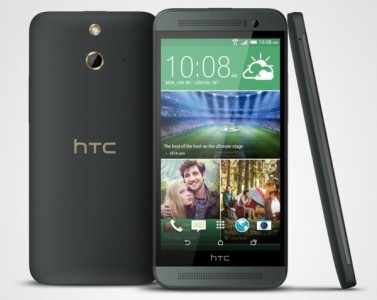
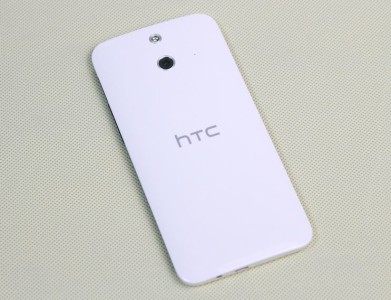
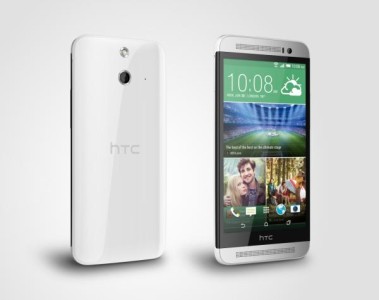
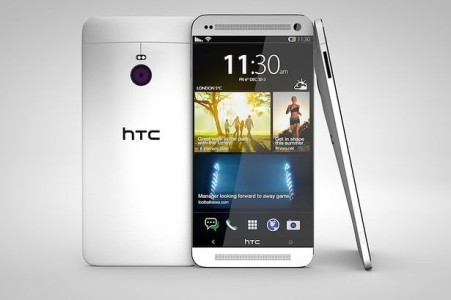

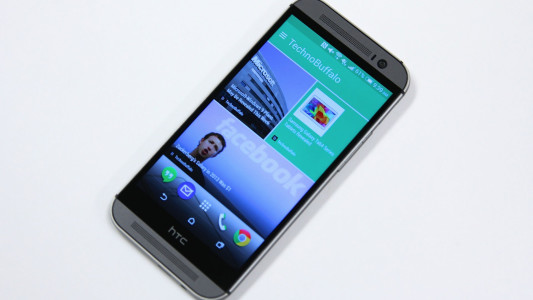
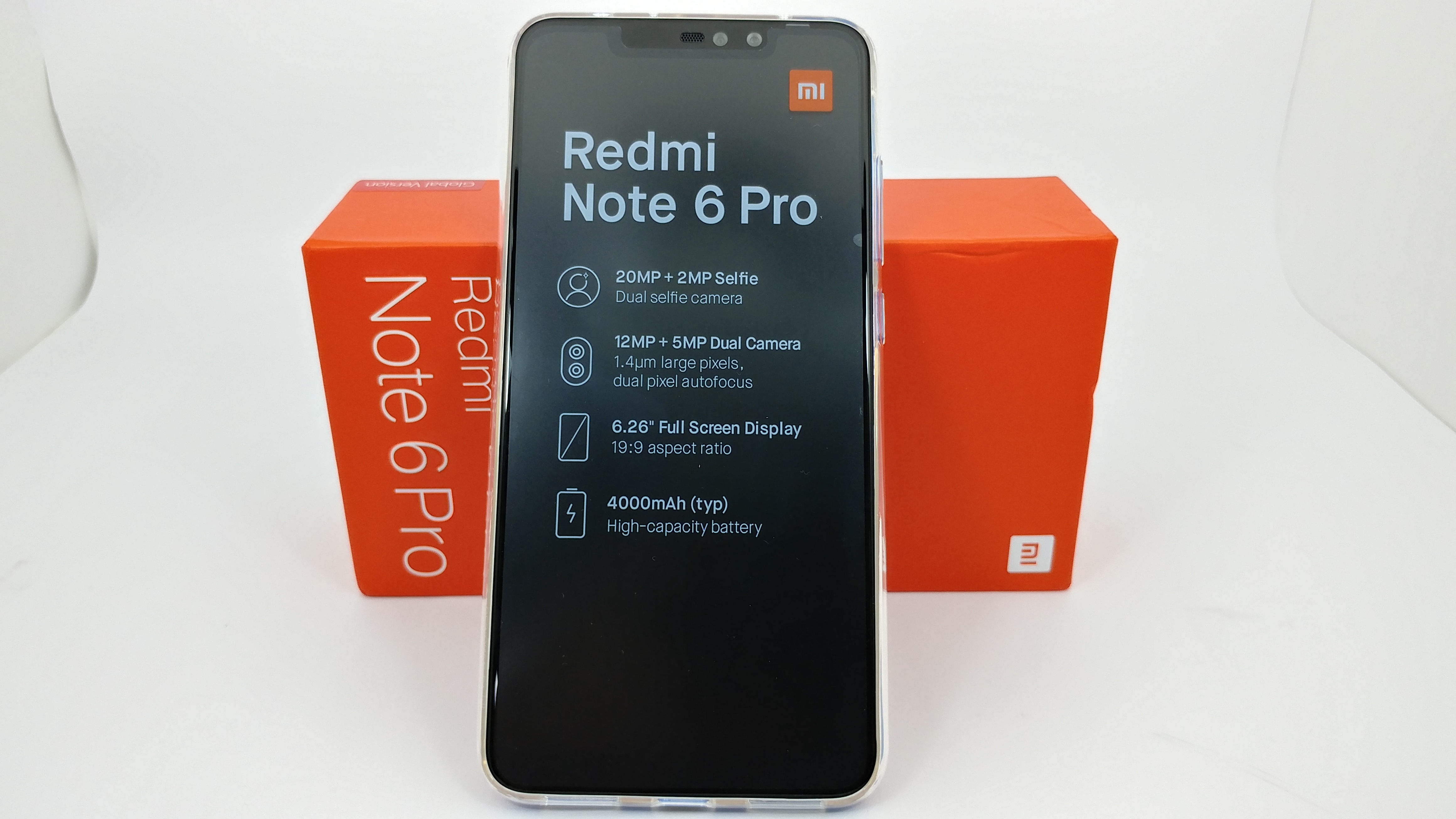


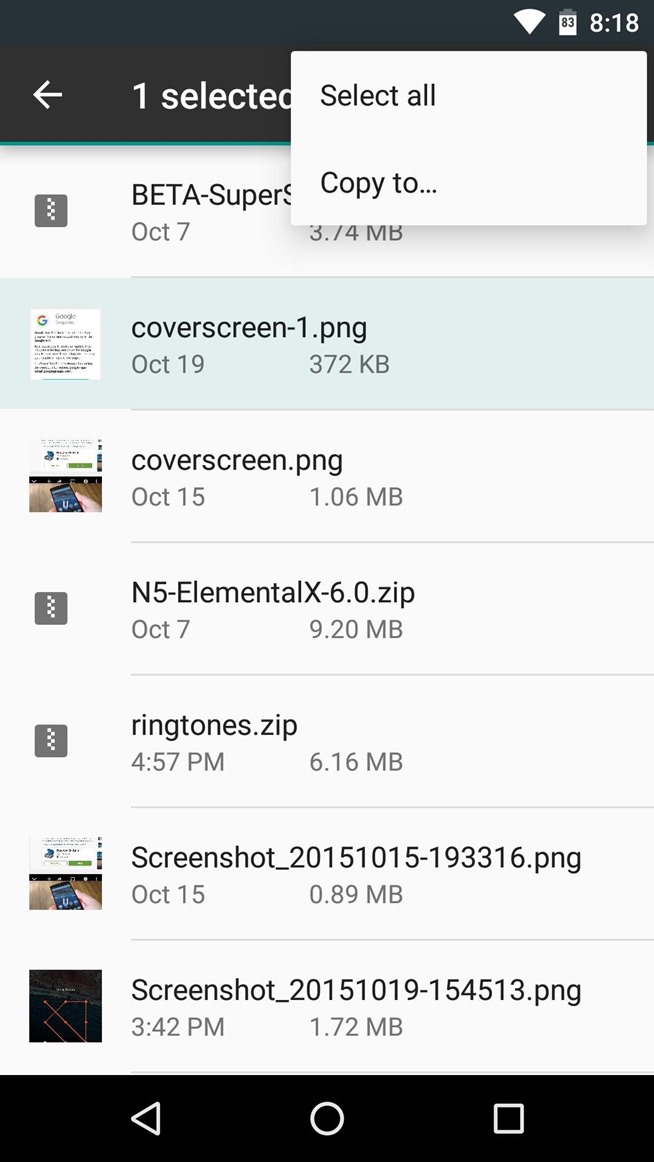
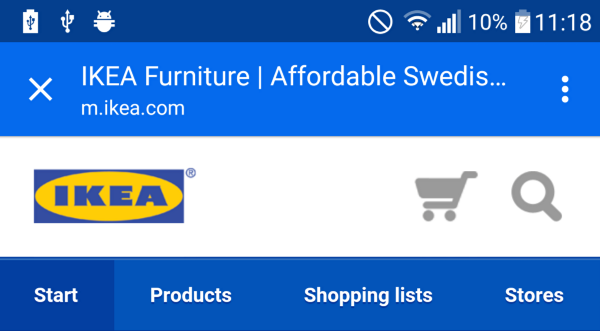
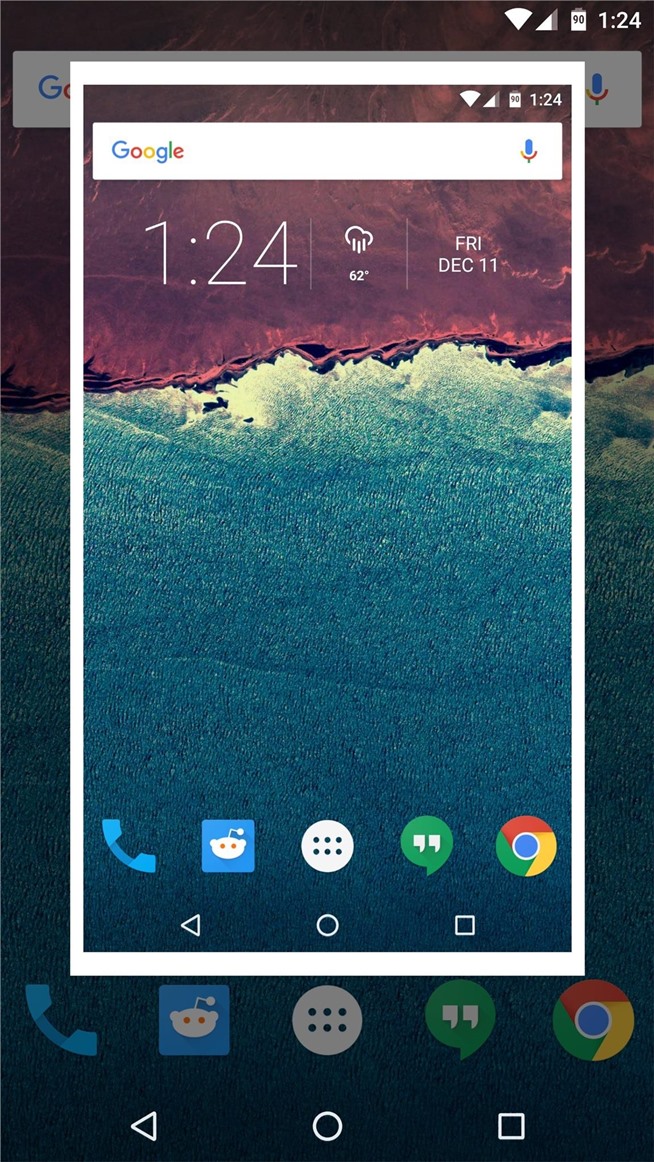
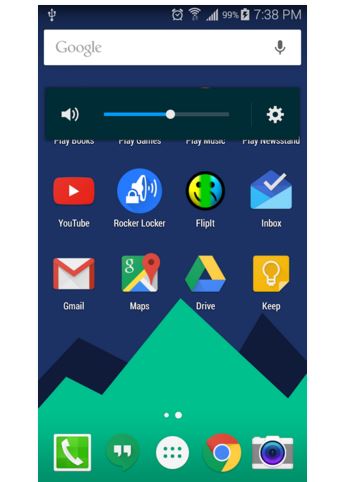

User forum
0 messages